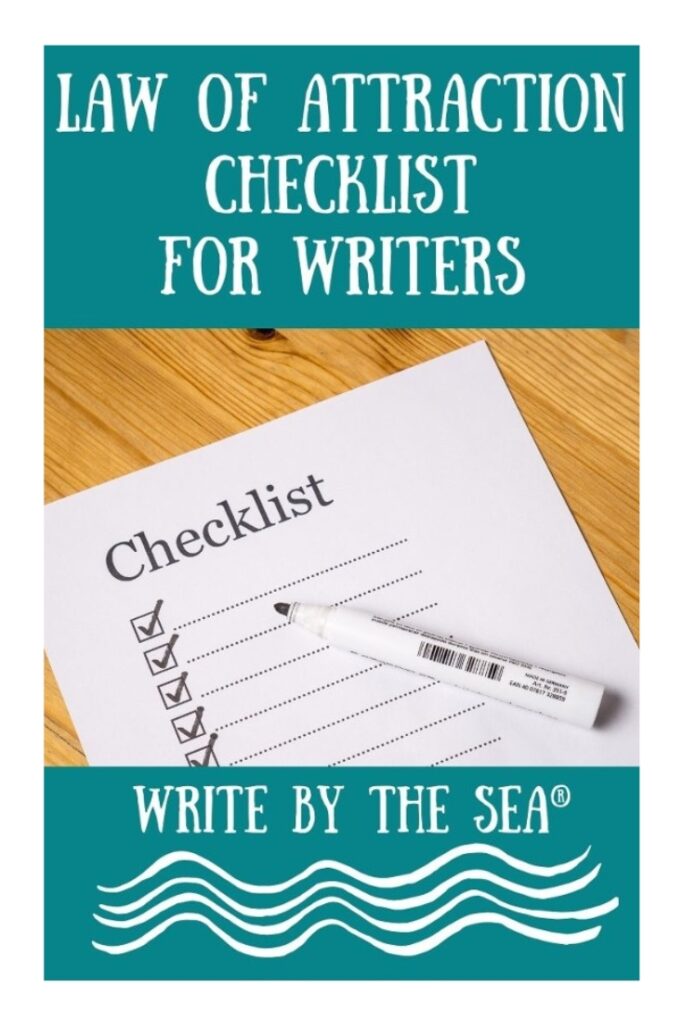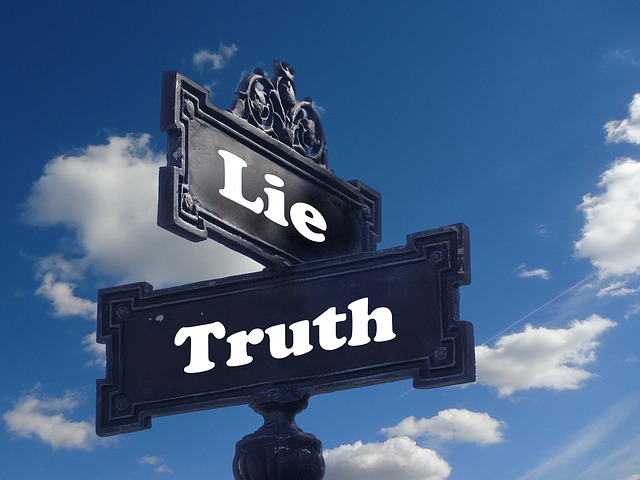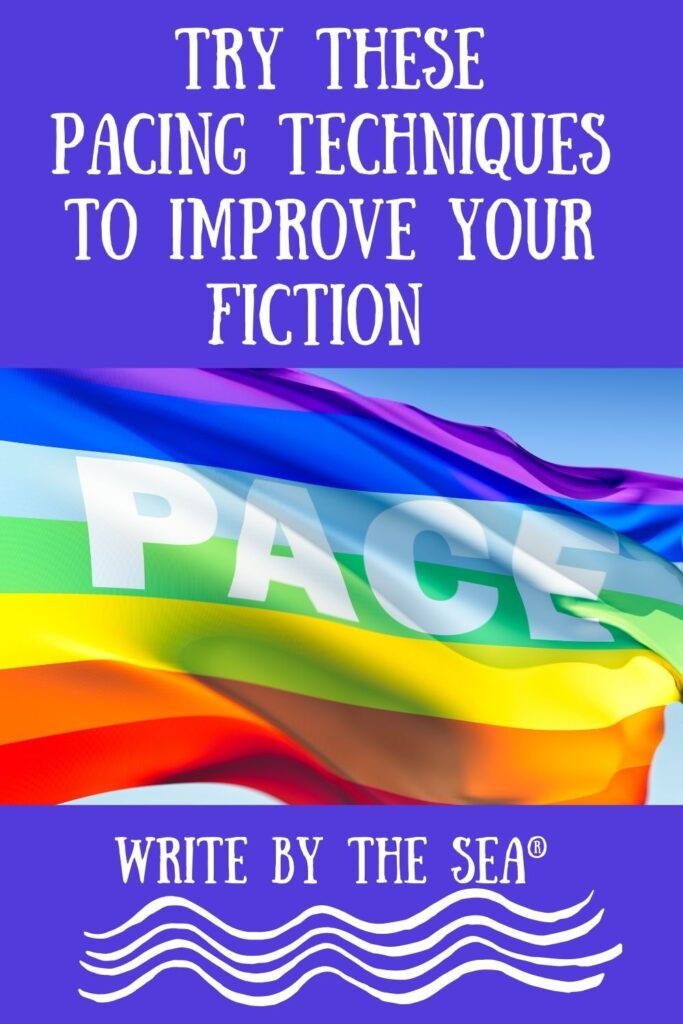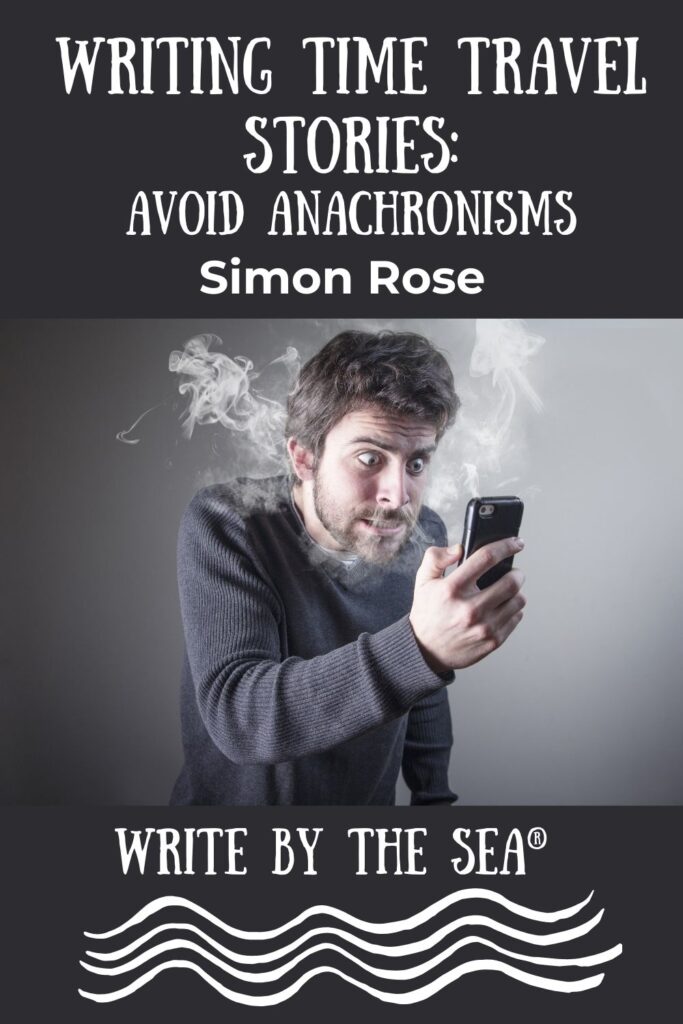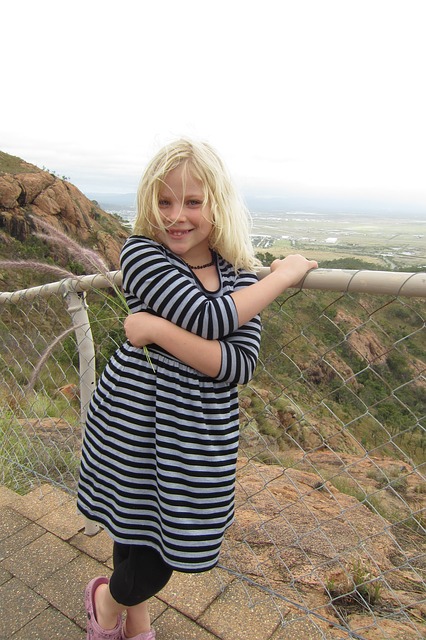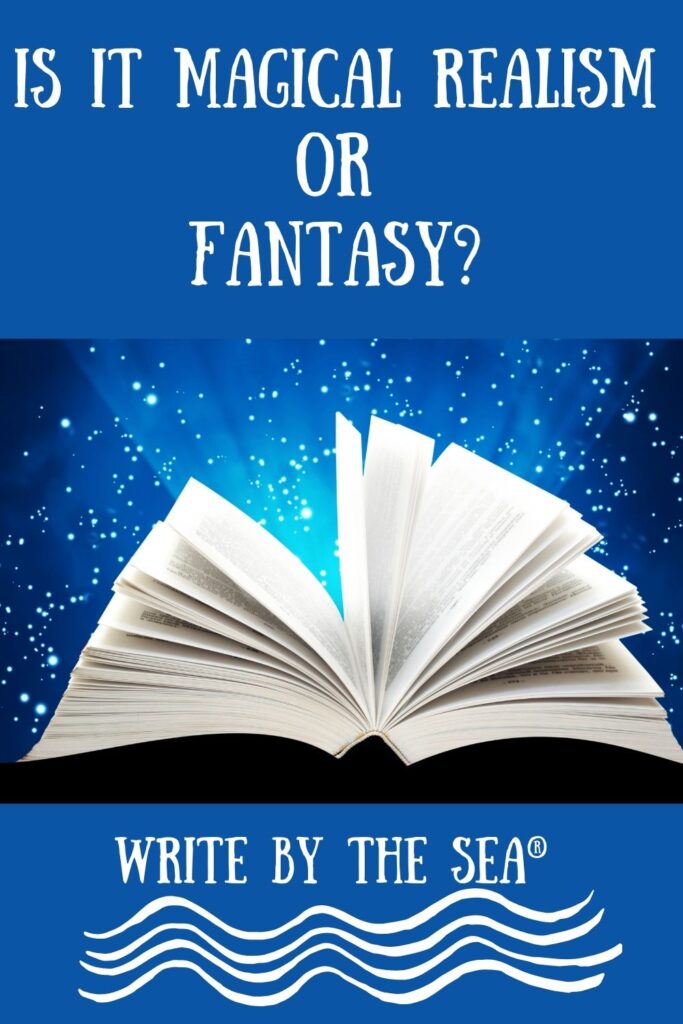
I’m sure you’re familiar with the fantasy genre but you might not know much about magical realism.
In this post, we’ll take a look at each of these genres and then the differences between the two.
So, what is fantasy?
The fantasy genre is a category of speculative fiction characterized by magical elements, supernatural creatures, and imaginative worlds that often exist outside the realm of our everyday reality.
Here’s what makes the fantasy genre so captivating:
Magic and Supernatural Forces: At its heart, fantasy thrives on magic. Characters wield extraordinary powers, encounter enchanted objects, and face otherworldly phenomena that defy the ordinary.
Imaginary Worlds: These stories unfold in meticulously crafted worlds, complete with their own landscapes, cultures, and histories. Think Middle-earth from “The Lord of the Rings” or the hidden Wizarding World in “Harry Potter.”
Mythical Creatures: Fantasy worlds are teeming with dragons, elves, dwarves, fairies, and other legendary beings, adding layers of wonder and excitement.
Heroic Journeys and Quests: Central to many fantasy tales are epic quests. Heroes embark on perilous journeys to defeat dark lords, uncover magical artifacts, or save their realms from doom.
Themes of Good vs. Evil: Fantasy often explores the timeless battle between good and evil, with clear moral stakes and epic showdowns.
Medieval Influences: Many fantasy stories draw inspiration from medieval Europe, featuring knights, castles, and chivalric codes. Yet, the genre also embraces diverse historical periods and cultures.
Subgenres: Fantasy isn’t one-size-fits-all. It branches out into:
#1. High Fantasy: Grand tales set in entirely fictional worlds, brimming with complex plots and vast character rosters (e.g., The Lord of the Rings).
#2. Low Fantasy: Where magical elements disrupt our real world (e.g., Harry Potter series).
#3 .Urban Fantasy: Blends magic with modern urban life (e.g., The Dresden Files by Jim Butcher).
#4. Dark Fantasy: Merges fantasy with horror, diving into darker, more mature themes (e.g., The Black Company by Glen Cook).
Fantasy invites us into boundless worlds where anything is possible, urging us to dream bigger and embrace the extraordinary.
What is Magical Realism?
Magical realism is a genre where magical elements naturally fit into an otherwise realistic world.
It originated in Latin American literature, with authors like Gabriel García Márquez, Isabel Allende, and Salman Rushdie leading the way.
Here, the extraordinary blends seamlessly with the ordinary, and characters accept the magical as part of their everyday lives.
Key Characteristics of Magical Realism:
#1. Realistic Setting: The story unfolds in a lifelike world, with detailed, everyday descriptions.
#2. Magical Elements: Supernatural events happen, and characters take them in stride.
#3. Authorial Reticence: The narrative treats magical events as plausible without explanation.
#4. Hybridity: It blends reality and fantasy, often reflecting social and cultural complexities.
#5. Sense of Mystery: Magical elements enhance the story’s sense of wonder and the unknown.
Differences Between Magical Realism and Fantasy:
#1. Setting:
Magical Realism: Happens in a world like ours, where magic is woven into everyday life.
Fantasy: Takes place in entirely imagined worlds with their own rules and histories.
#2. Treatment of Magic:
Magical Realism: Magical elements are just part of the world, accepted by everyone.
Fantasy: Magic is often a central plot element, with characters needing to learn or control it.
#3. Narrative Style:
Magical Realism: The narrative voice blends magical events with reality seamlessly.
Fantasy: The story highlights and explains the magical elements, focusing on the fantastical.
#4. Purpose and Themes:
Magical Realism: Explores complex social, political, and cultural issues, using magic to highlight deeper truths.
Fantasy: Focuses on the battle between good and evil, quests, heroism, and exploring new worlds.
Examples of published works from both genres:
Magical Realism:
#1. The Ocean at the End of the Lane by Neil Gaiman: A modern take on magical realism, where childhood memories blend with myth and magic.
#2. Like Water for Chocolate by Laura Esquivel: A novel where food and emotions are intertwined, and magical events are part of everyday life.
#3. The Night Circus by Erin Morgenstern: While often considered fantasy, it has strong elements of magical realism, with a mysterious circus that appears without warning and blends the magical with the real world.
Fantasy:
#1. Harry Potter series by J.K. Rowling: Follows Harry Potter’s journey in a magical world full of spells, creatures, and adventures.
#2. Percy Jackson and the Olympians by Rick Riordan: Chronicles Percy Jackson’s encounters with Greek gods and monsters in a modern setting.
#3. Eragon by Christopher Paolini: Follows a young farm boy who discovers he is a Dragon Rider, set in a rich, magical world called Alagaësia.
In short, while both genres use magical elements, magical realism subtly blends them into a realistic setting to highlight deeper themes, whereas fantasy creates entirely new worlds and emphasizes the fantastical.
Now, before you go, if you haven’t subscribed to The Morning Nudge, be sure to do that now, so you get our Law of Attraction Checklist for Writers and free access to our Private Resource Library for Writers, as well as a short email every weekday morning to help you manifest your writing dreams!

